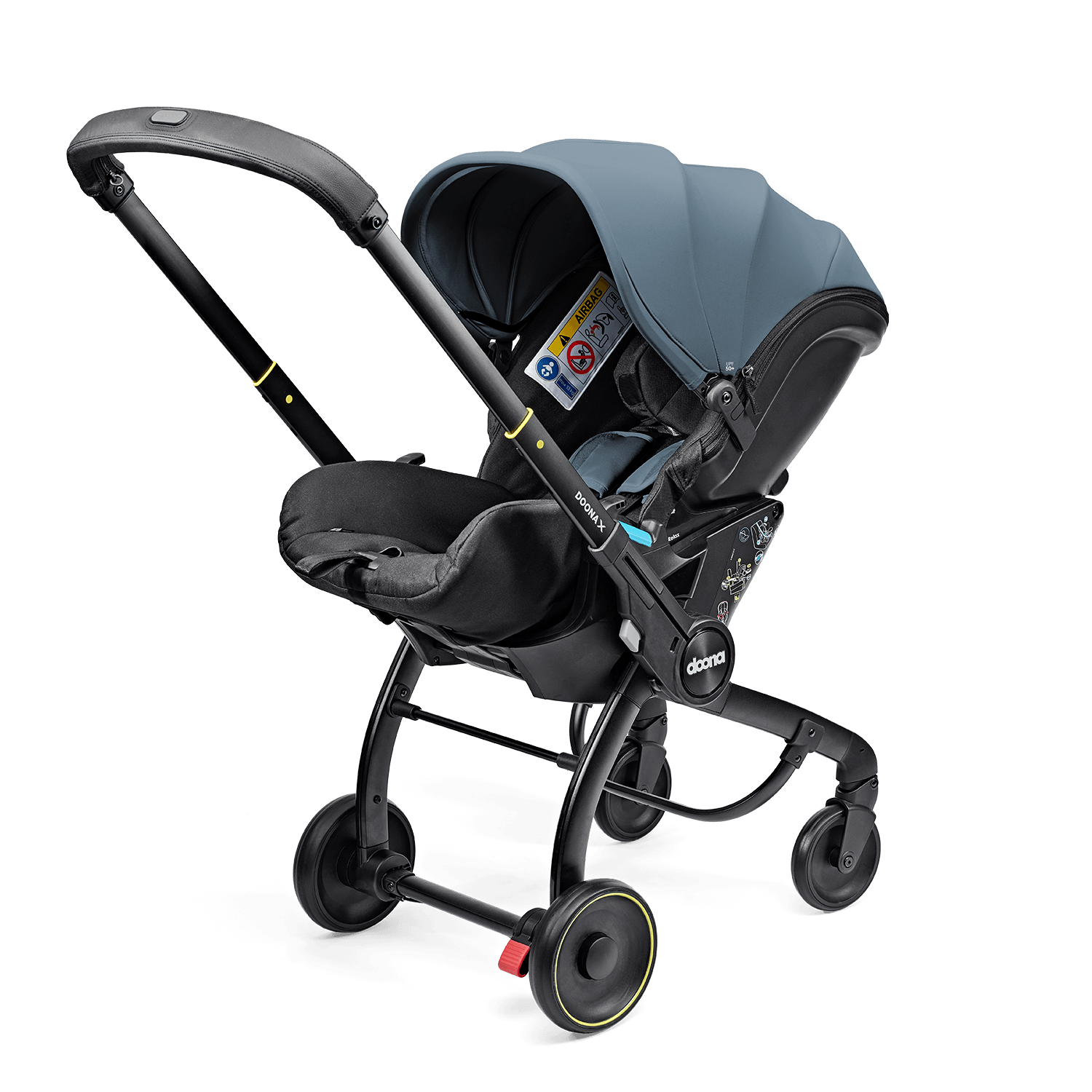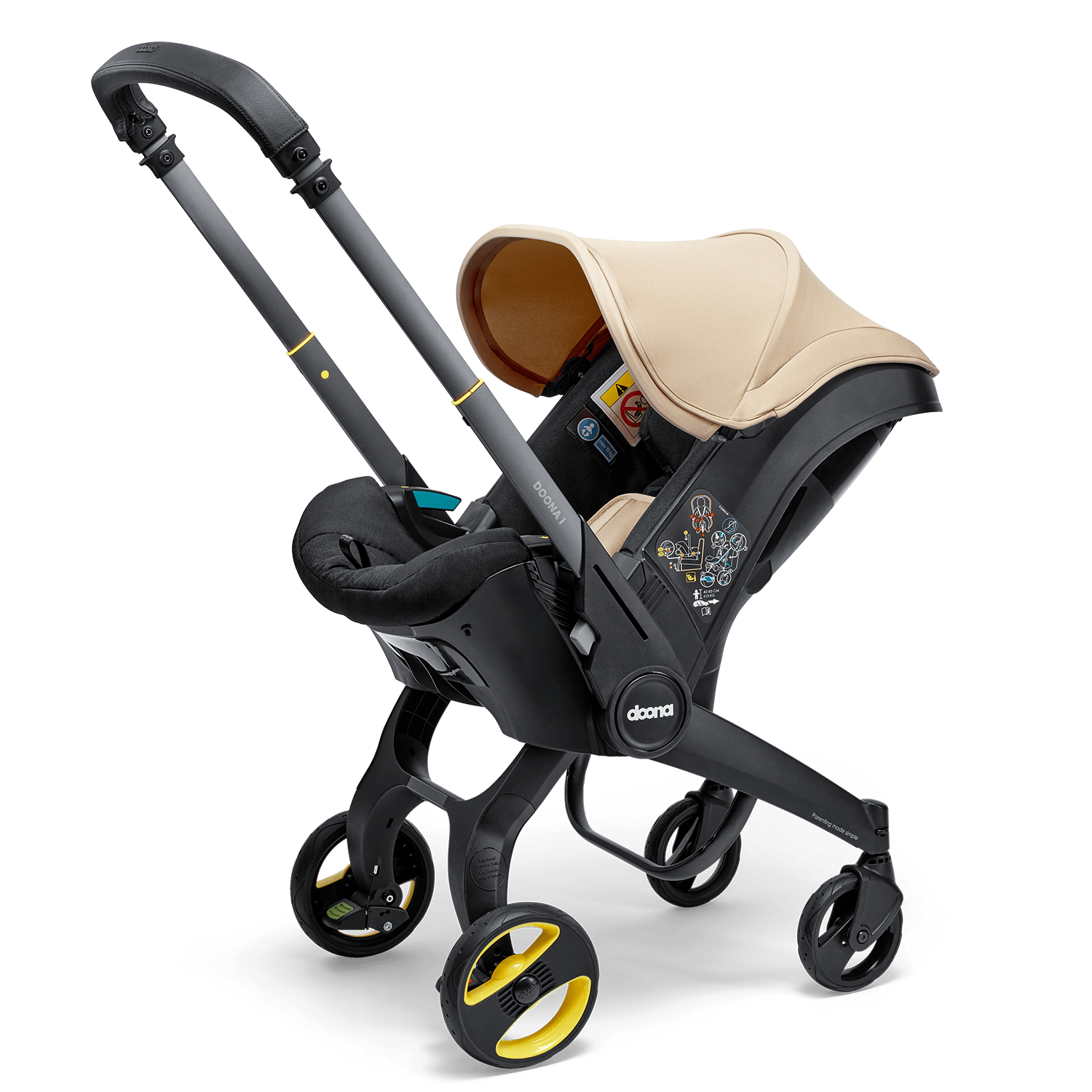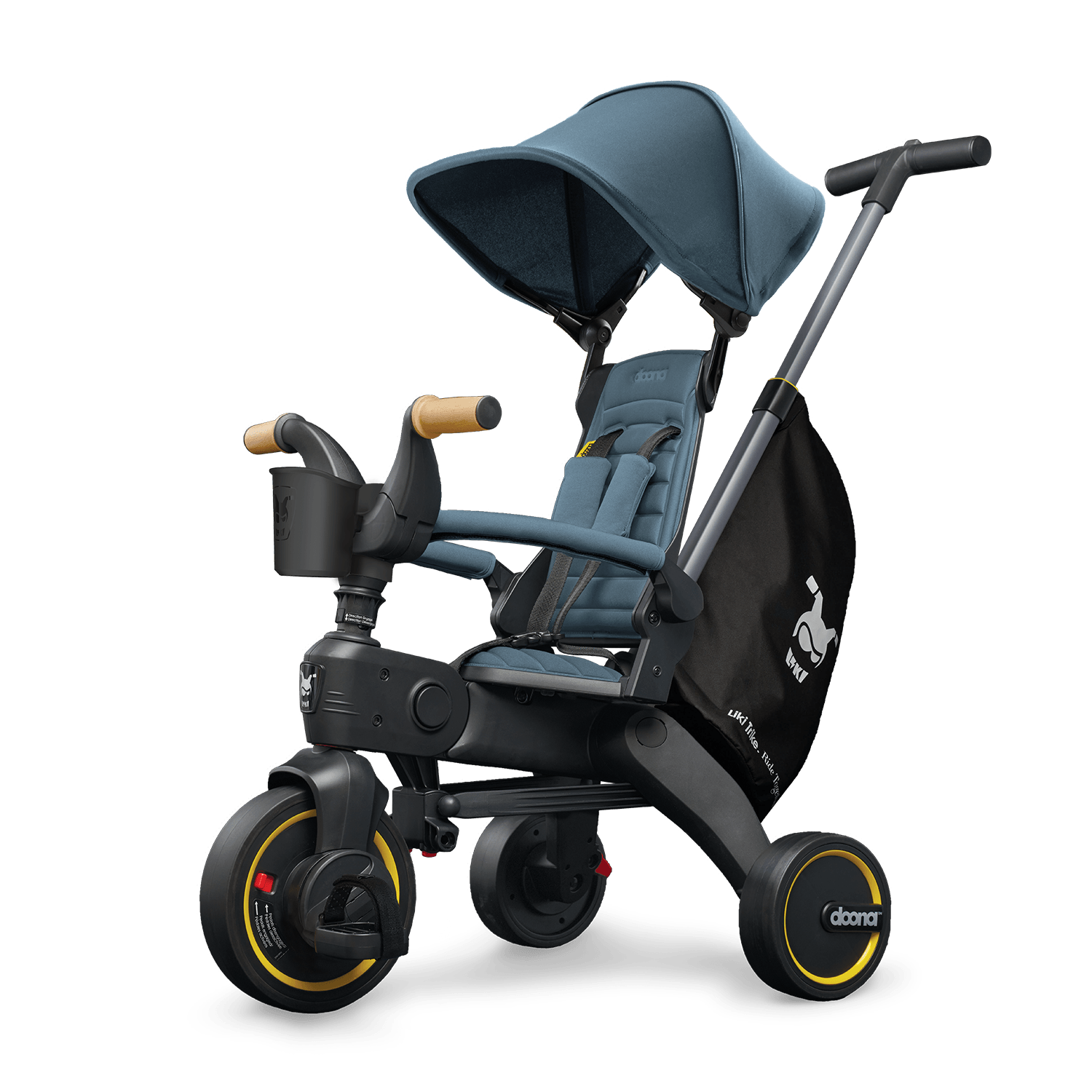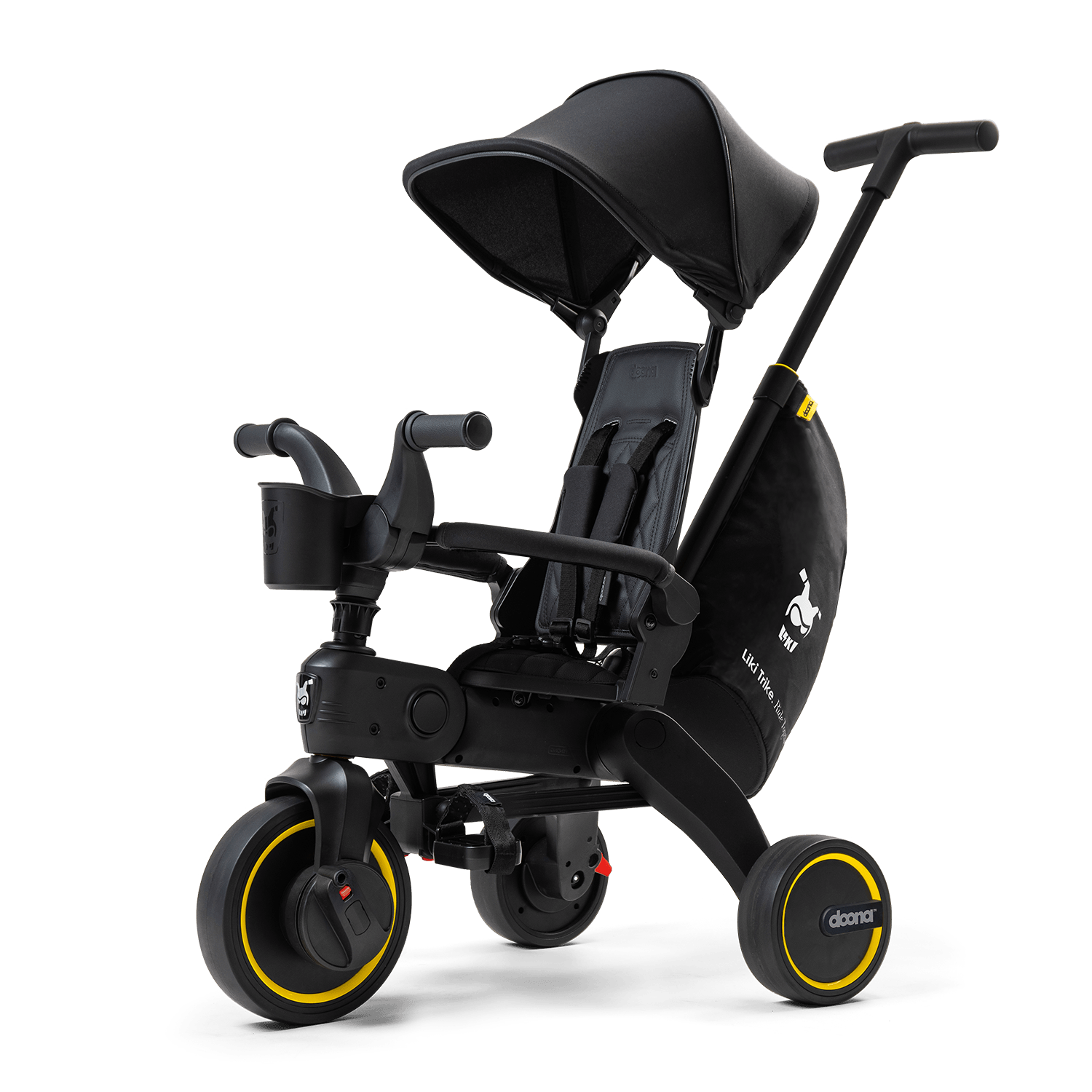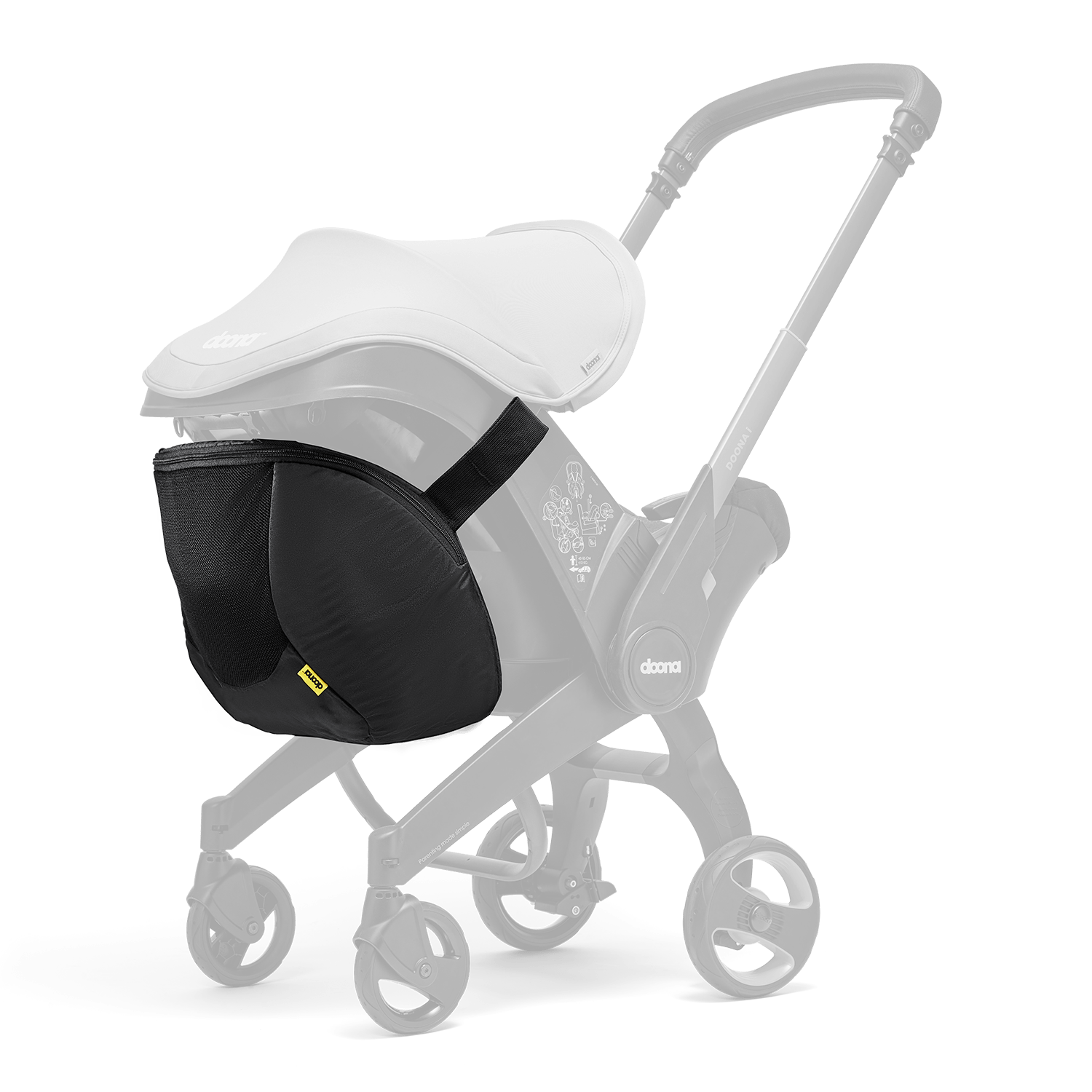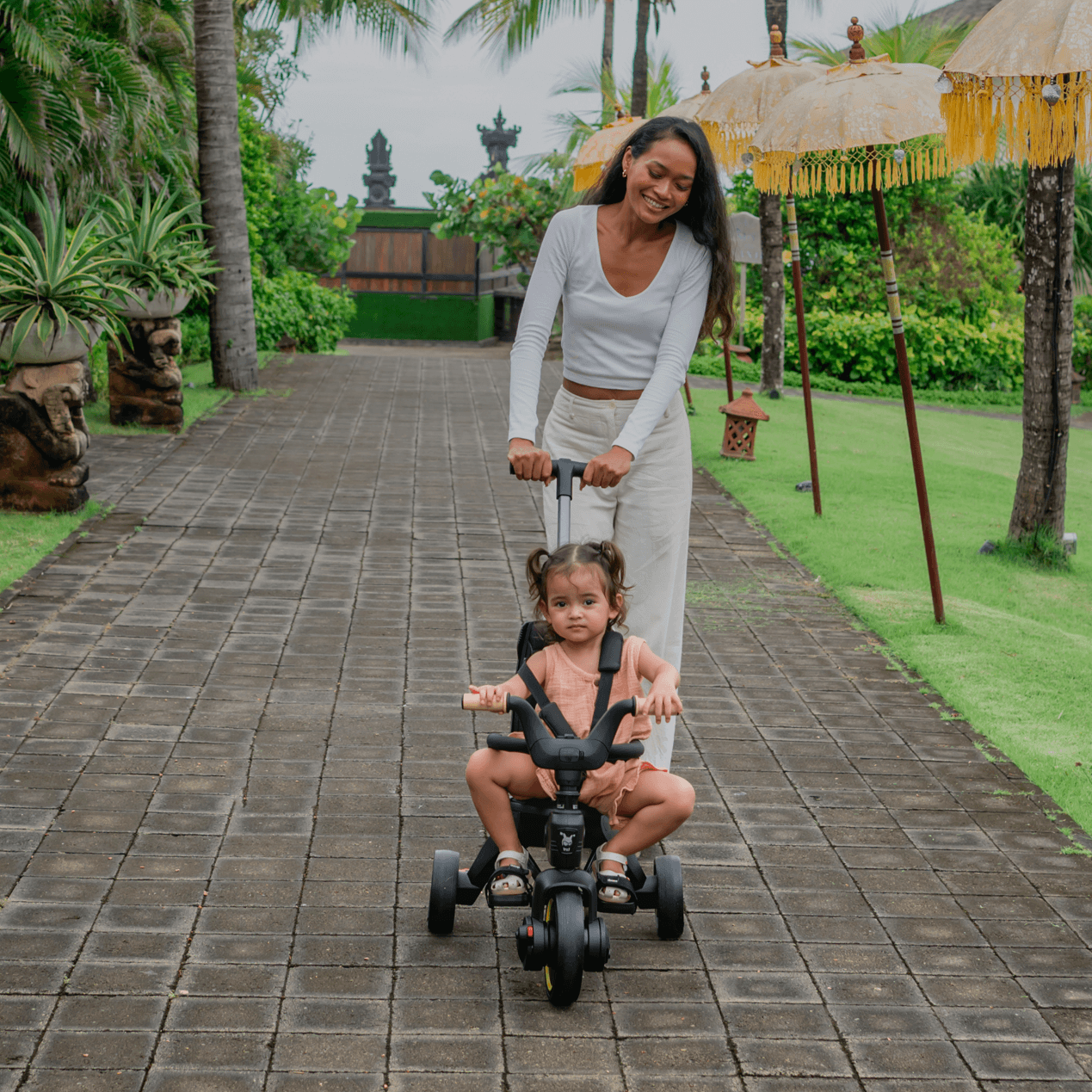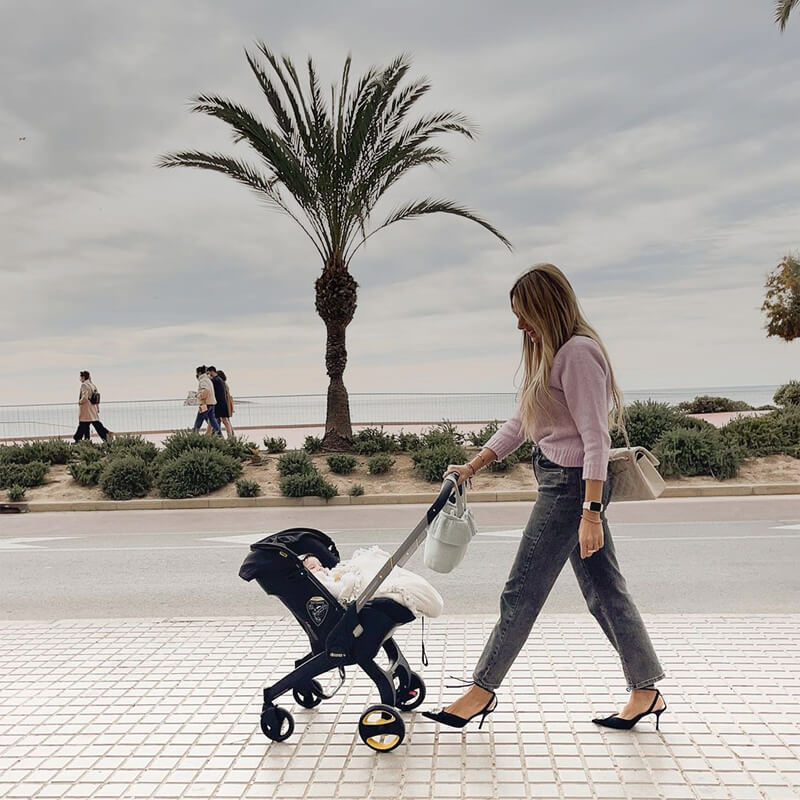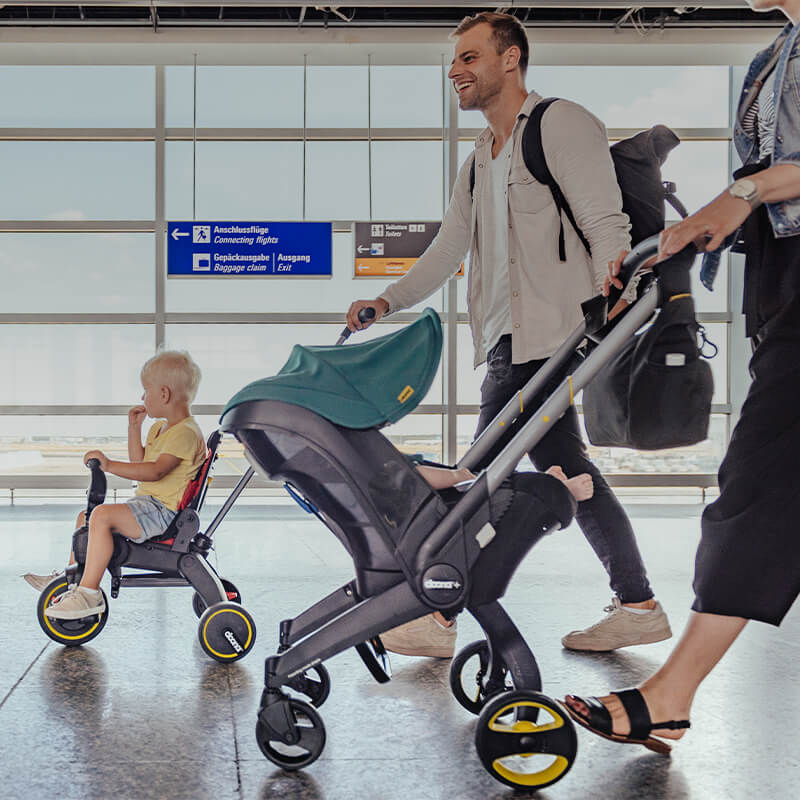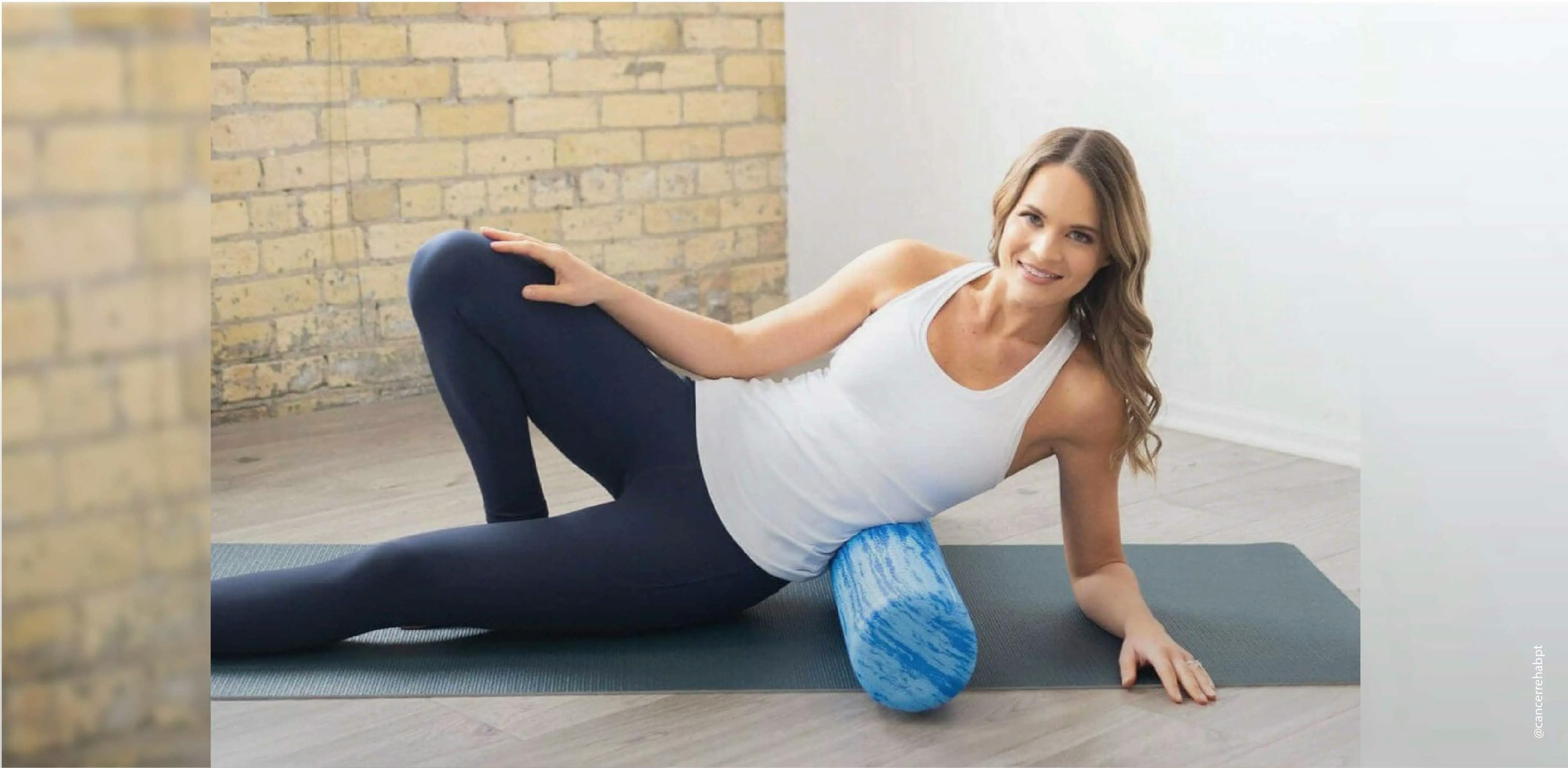Insights on physical therapy for cancer patients with Kelly Sturm
In our latest Insights Series, we speak with Kelly Sturm, a Doctor of Physical Therapy and Certified Lymphedema Therapist, about her experience dealing with cancer survivors, rehab patients, and so much more. Kelly shares her unique knowledge and expertise in the fields of breast cancer, and intensive physical therapy as a tool to help patients feel better.
Can you tell us a little about your work as a physical therapist?
I graduated with a clinical doctorate in physical therapy from the Mayo Clinic and have been practicing for over 10 years. I am a board-certified oncology clinical specialist and a certified lymphedema therapist. This means that I work with individuals who have, or have had cancer or lymphedema. Along with working 1:1 with patients, I also have my educational platforms online. For years, I saw how little support there was for those living with and beyond cancer and lymphedema. So I started my platforms and social media to bring more awareness to the fact that while the side effects and symptoms of cancer are common, they are not normal, and there are things that can be done to help!
What inspired you to become a physical therapist specializing in clients who live with cancer?
When I was in training at the Mayo Clinic, I was able to experience working with this population of patients. The most common phrase I heard, and unfortunately still hear, is "why didn't I know about this sooner"? This came from side effects like tightness, pain, and lymphedema that happen AFTER cancer treatment and for some, continue on for many years or even for life. I have worked with women and men with breast cancer from ages 16 up to 98- during treatment through 45 years past treatment.These women (and men!) were left without support and told they were the new normal, but that truly isn't the case. I felt the need to find ways and learn how to support them throughout their cancer treatment and even decades after treatment.
You’ve introduced a programme called “Breast Cancer Rehab”, can you tell us a little more about this?
Absolutely! I started sharing resources on living with and life after cancer online because I believe that education and support should be more accessible to more people. I treat women and men one on one locally, but I wanted to find a way for more to have access to the same care and treatment options that I give my patients daily in the clinic. So I created Breast Cancer Rehab, which is a comprehensive, flexible, and affordable online program to minimize pain, build up strength, and improve quality of life for those living with and after breast cancer. When I was working on creating Breast Cancer Rehab, my goal was to make it both comprehensive and accessible. I wanted it to be an attainable and easy-to-use resource that truly helps navigate through different breast cancer side effects including: arm and breast lymphedema, axillary web syndrome (cording), arm mobility after surgery, rehab after radiation, scar tissue, and more. It's available as one, large program, or as smaller individual programs to hopefully meet each person right where they are at.
What type of programs do you offer for those with breast cancer?
Breast Cancer Rehab is my most comprehensive online program. I also have the Healthy Shoulder Program, which is a 12-week exercise program for those with tightness, pain, or other shoulder issues after treatment. I have hundreds of free videos and posts on Youtube and Instagram as well! Right now, I only treat one on one locally in Minnesota, but that may change soon to virtual options :). If someone is looking for a specialized therapist locally, the best way is to contact the oncologist for a recommendation or to call local hospitals or clinics with physical therapy to see if they have a program. If someone is looking for help specifically for lymphedema in the arm, breast, or other area, then check out www.clt-lana.org for a list of therapists in each area that are certified.
What type of pain is most common amongst your clients who live with breast cancer? (e.g. post mastectomy, fatigue, seromas) and what kind of treatment examples do you provide for them?
Fatigue is the most common side effect, with around 98% having some level of cancer-related fatigue during treatment. Fatigue is often thought to be related to chemotherapy only, but many are surprised to find out that fatigue can be very strong during and after radiation and surgery as well. For cancer-related fatigue, exercise has been showing repeatedly in research to be the best treatment option - even more effective than medicine! I like to encourage my patients to start low and slow and gradually build up in the amount and intensity level they do, but interval training is not only popular in the exercise community and at the local gyms, it's also one of the best kinds of exercise for fatigue from cancer! Pain, tightness, and lymphedema are the most common physical side effects from surgery and radiation.
After surgery, it's normal to have swelling and inflammation. These are a natural part of the healing process, but after a few weeks, these should begin to improve. If they aren't improving, or if they are improving very slowly, there are wonderful stretches and light exercises that can be helpful. Tightness can be because of the swelling, but it's also due to the scar tissue from surgery and radiation fibrosis from radiation therapy. It's very important to be active in addressing this tightness as soon as possible, because it can help avoid the tightness from getting worse and lingering long-term. If someone has tightness, especially in the front of the chest from breast cancer treatments, this can alter the movement of the shoulder joint and cause other pains.
Again, although this is all common to see or experience, these symptoms and side effects can all be treated and managed, so that someone doesn't have to live long term with pain and tightness and can focus on getting back to what is most important to them in life. Lastly, lymphedema is a condition that someone is at risk for if they had lymph nodes removed for cancer, or radiation to the area. It can affect the arm or breast/chest, or both! It is a condition that doesn't have a cure, but it can be well-managed with help from a certified lymphedema therapist. The most important thing for someone who has breast cancer treatment to know when it comes to lymphedema is that getting screened for lymphedema, knowing the signs and symptoms of what to look for, and learning how to lower the risk with exercise can help. If we catch lymphedema early and start treatment right away, there is a chance we can reverse it in some cases! If we can't reverse it, we can keep it very minimal in many cases, too. All reasons why breast cancer rehab and lymphedema therapy are very important!
What is one message you'd like to share with your patients who have been diagnosed with breast cancer?
You are not alone in this. It's never too late to get support and please don't assume the side effects you are dealing with are the new normal. There are many therapists and other professionals who can help with the physical, mental, and emotional aspects of cancer, treatment, and beyond. We're here for you - ready to meet you exactly where you are at.
Kelly Sturm is a certified lymphedema therapist (CLT-LANA), a doctor of physical therapy, a board-certified oncologist clinical specialist, plus the creator of Cancer Rehab PT, an educational and support resource for patients dealing with cancer and lymphedema. Stay connected with Kelly through her instagram handle @cancerrehabpt.
At Doona, we are all about providing products and tools to help make life easier for parents. That’s why we created smart and functional travel baby gear like our Doona Car Seat & Stroller, the fully integrated travel system that transforms in a click; as well as Liki Trike, the most compact folding tricycle on the market.
